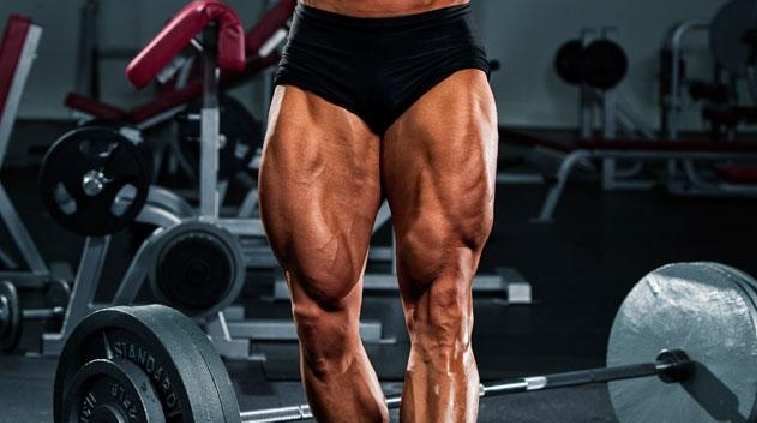The best kind of training is the style that you’re not currently using. This applies to cardiovascular exercise, as well as the routines employed for individual body parts and the entire body split. Today, let’s examine a quadriceps training routine that challenges us to start with the low-weight, high intensity work, then move up to some higher-weight, lower-volume training. This will ensure both the slow- and fast-twitch muscle fibers are trained adequately!
Start this training routine with leg extensions. Your first set should be the lightest, highest-repetition set of your day. Aim for fifty repetitions! At the conclusion of this first set, everything else you do this day will feel like a breeze! Complete three more sets of leg extensions, with repetition ranges in the 25, 20, and then 15 range. You should stretch out a bit following these sets to break up the lactic acid and enormous amount of blood which should be flowing into the region.
Next you are ready for leg presses. Keep the weight moderate to allow you four solid sets of the 12 to 20 range. You may be tempted to pile on the plates and go heavy, but there will be plenty of time for that. Keep the weight moderate, the repetitions slow and controlled, and try to flex and feel every bit of each repetition. Of course, following each set, stand up and walk around the gym, stretching your legs out as much as possible.
Finally, your third and final movement will arrive, and by now you should already know what they will be: Squats! You’ll be completing six sets of squats to completely and thoroughly finish your thighs off for the day, and for the week. Your first set will consist of twenty reps with a moderate weight of 185 to 225 pounds. From there, you will move up the weight while scaling back the repetitions. Your rep ranges should approximate 15, 12, 10, 8, and 6 for the last five sets of your day. At the conclusion of your last set of squats, you should have a serious time even balancing the weight. After all, you will have just completed fourteen sets in a manner completely backwards from your normal procedure. Your body will be confused, which, when combined with proper diet and rest, should lead to some new growth as the muscles of the legs work to adapt to this changing workload.
You should train this entire routine with a partner, if at all possible. If this is not an option, you will want to opt for finding either a fellow trainer on the gym floor, or locating a gym employee to spot, as you approach the end of the workout. Of course, the weights you will be using for the final sets of squats will be less than what you typically use when squats begin your day. You’ll be pre-exhausted! However, as you push your body to its limits, you may encounter a situation where your leg muscles fail before you are ready. This can lead to injury. However, a good spotter who is alert in his duties can help to watch your back when the weight wants to come tumbling down!

